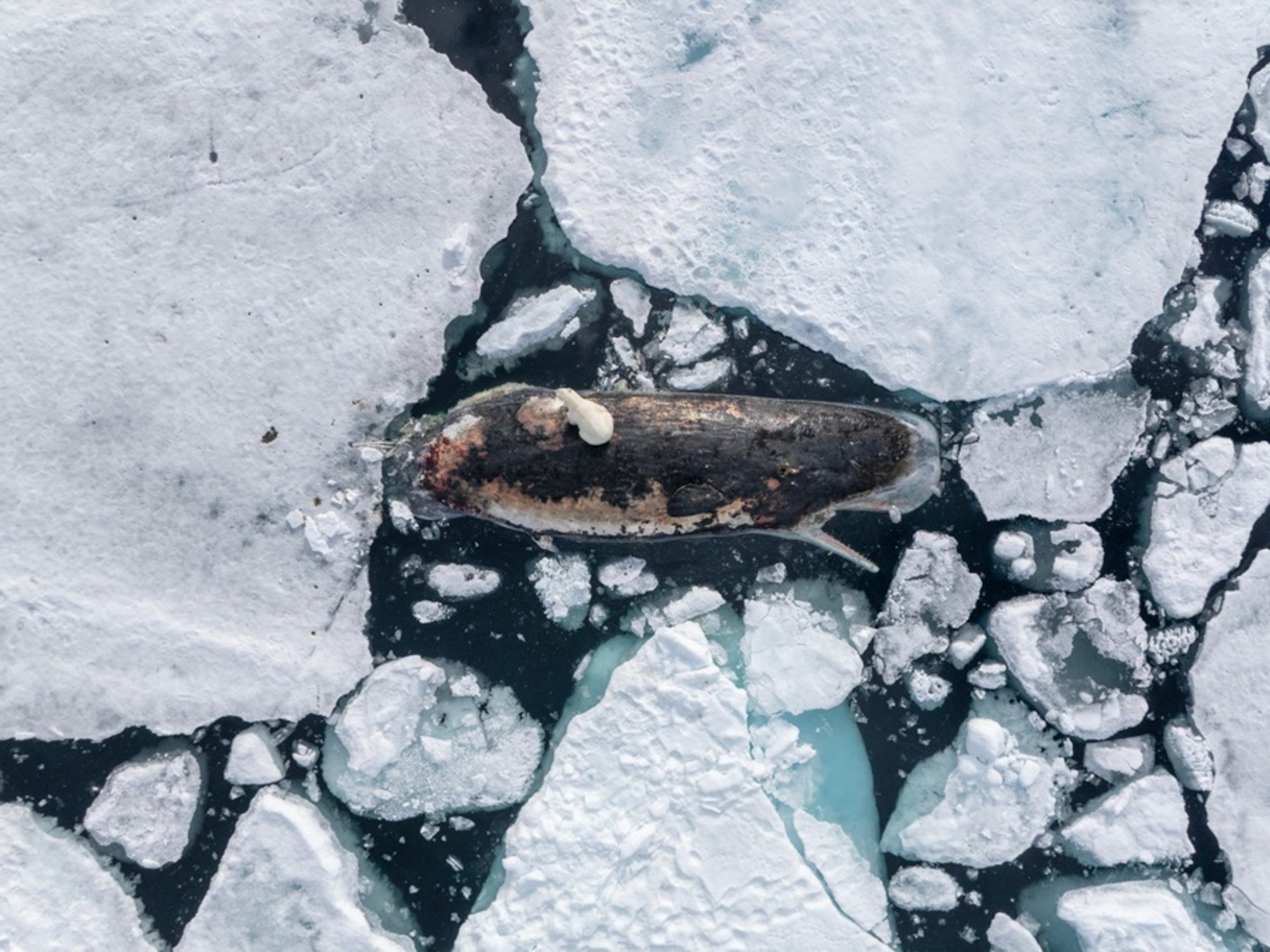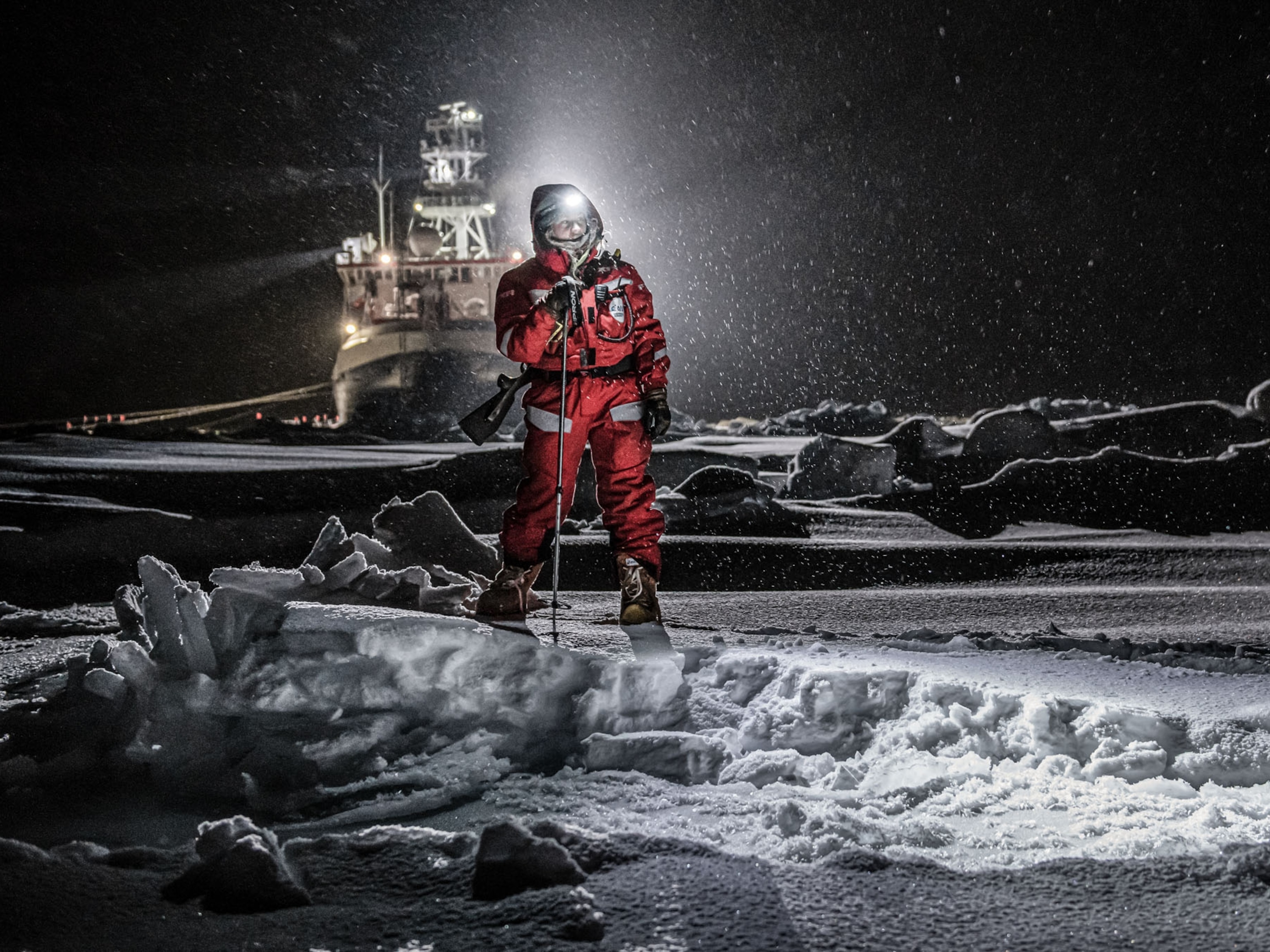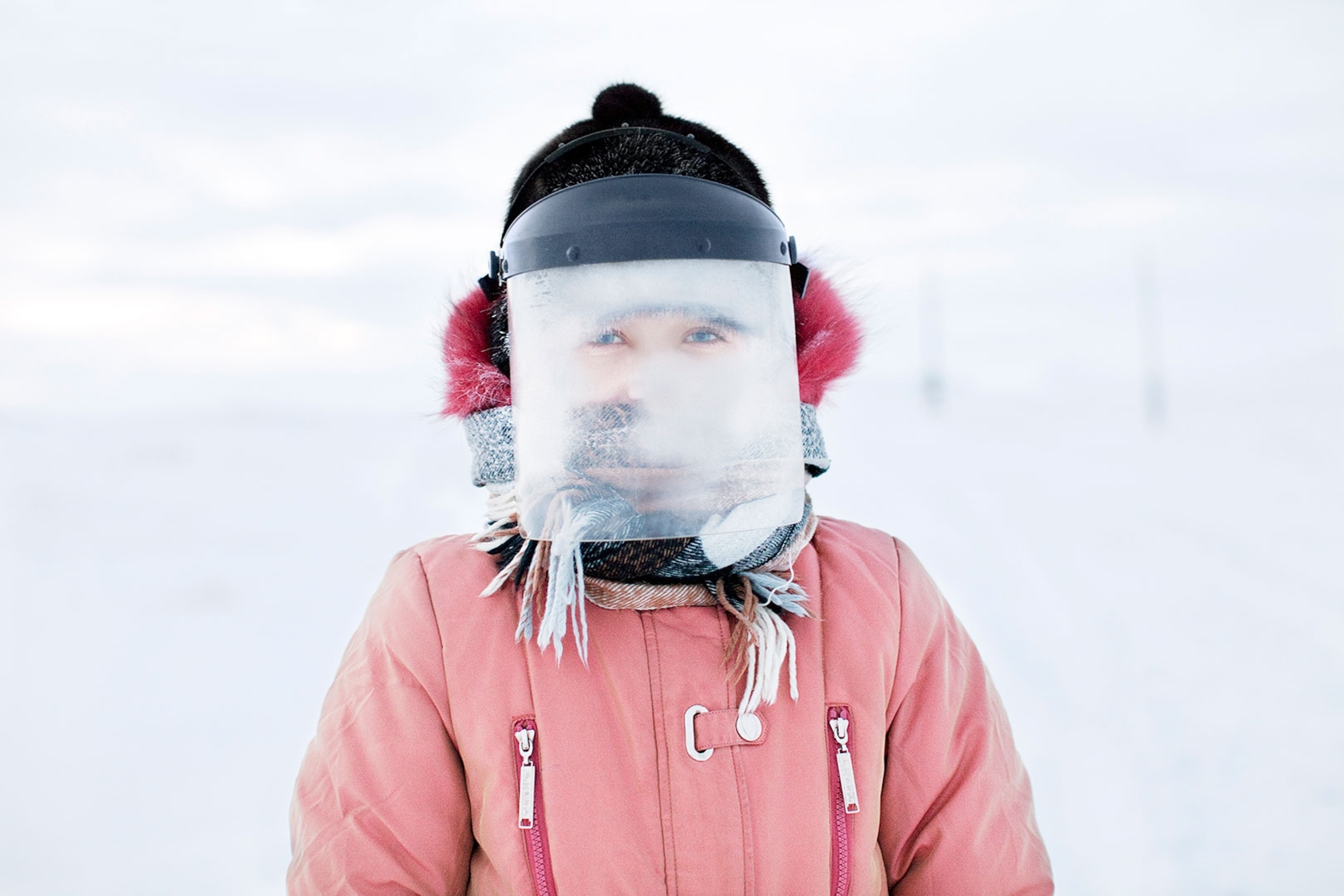
The Wild Whimsy of the Arctic
As a curious little girl growing up in Tiksi, a small Russian town on the Arctic coast, Evgenia Arbugaeva’s window to the rest of the world was television. She couldn’t get enough of the wildlife programs that flickered across her screen, and watching explorer Jacques Cousteau became her inspiration. Her dreams were filled with journeys to Asia and Africa.
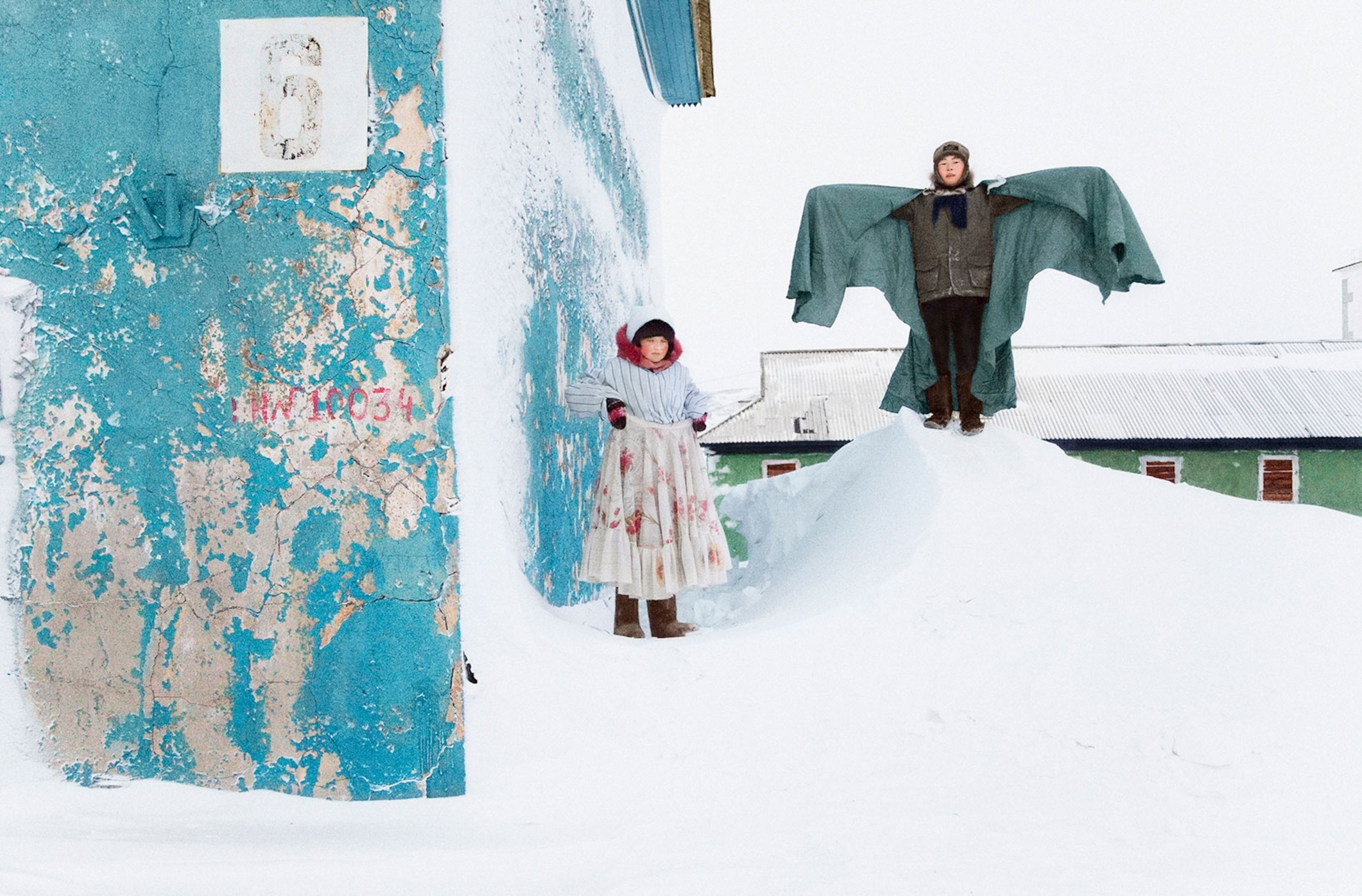
As she grew up, her natural creativity and her thirst for adventure began to find a home in photography, which she studied for a short time in New York City. Her time away, however, drew her not to the African savanna or the Ganges of her childhood fantasies but instead back to the far north, where she now uses a camera to explore her homeland. “I just really missed it,” she says.
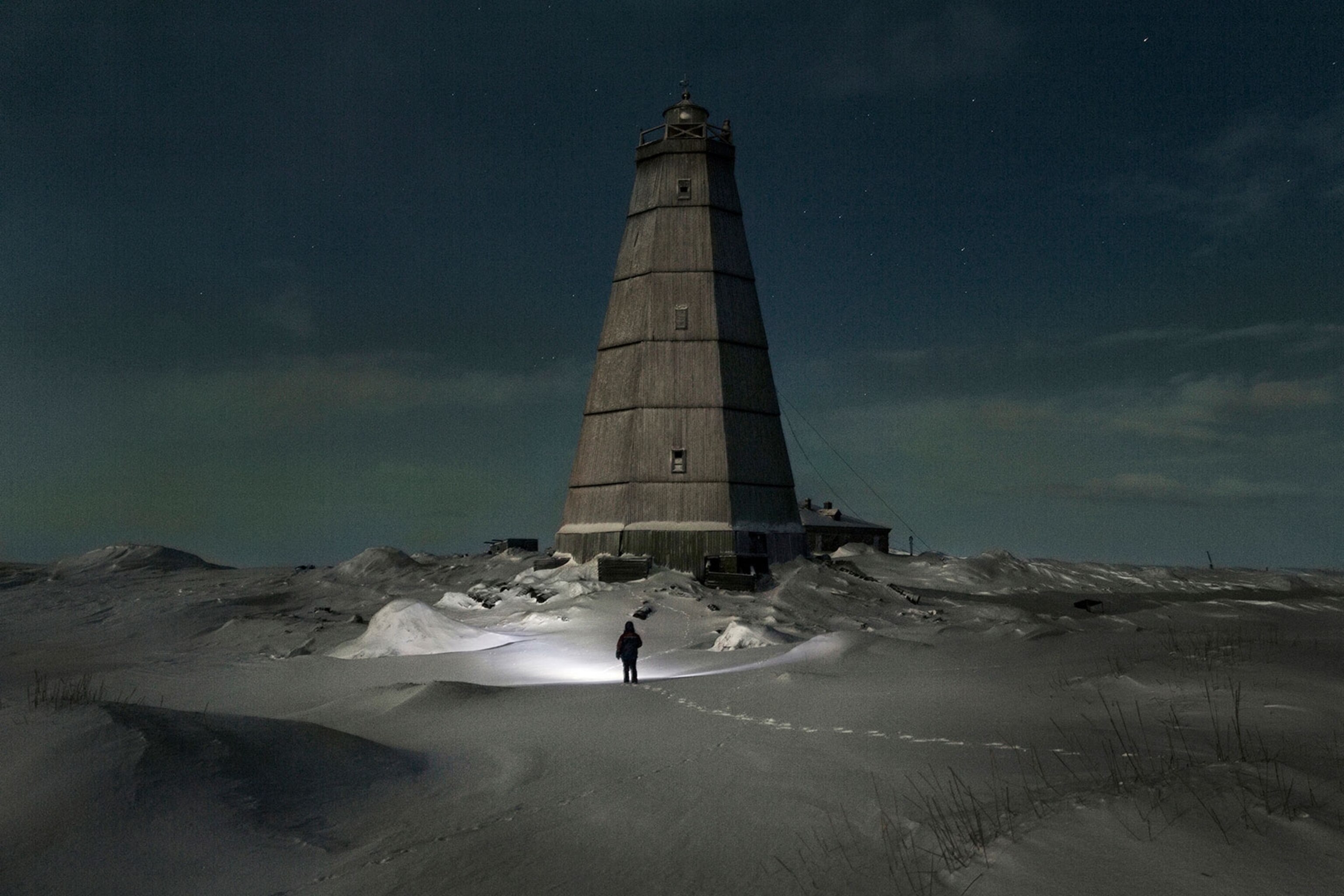
But being a native to the region didn’t mean there was nothing for her to discover. “The Russian North and the Arctic [is] such an under-covered region. It’s my homeland, but it’s so vast—there are so many stories to tell,” she says.
“When I go back to the north it’s like I become my real self. Everything becomes so simple and real. The relationship between people is very real. It’s lacking this kind of artificial fuss and business that we crave for ourselves in the ‘real’ world.”
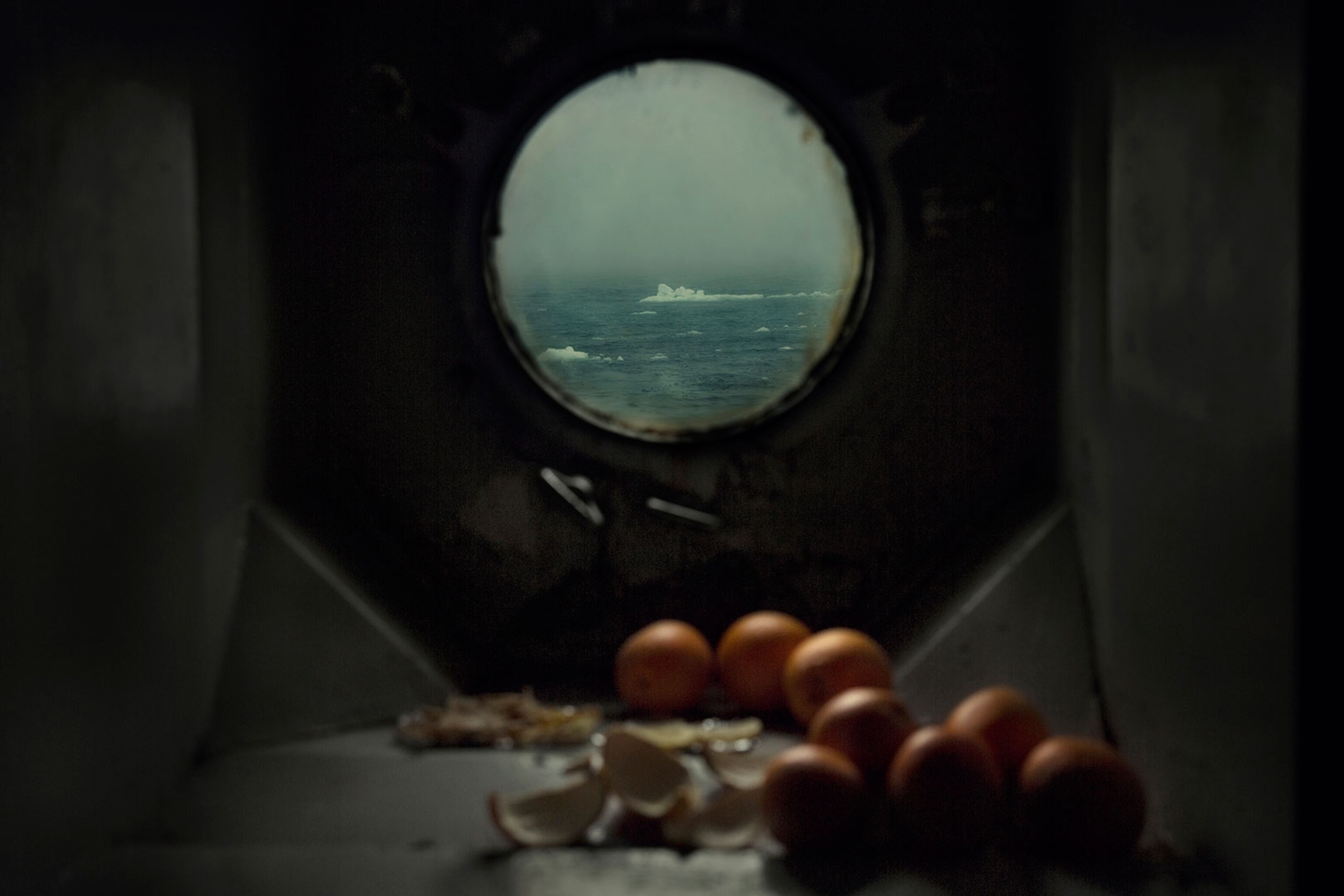
There are plenty of real concerns for people living in these places (keeping warm, anyone?), but Arbugaeva is more attracted to the “dreamy part of the stories.” When she first arrives in a new place, she stops and asks herself, What’s the magic here?
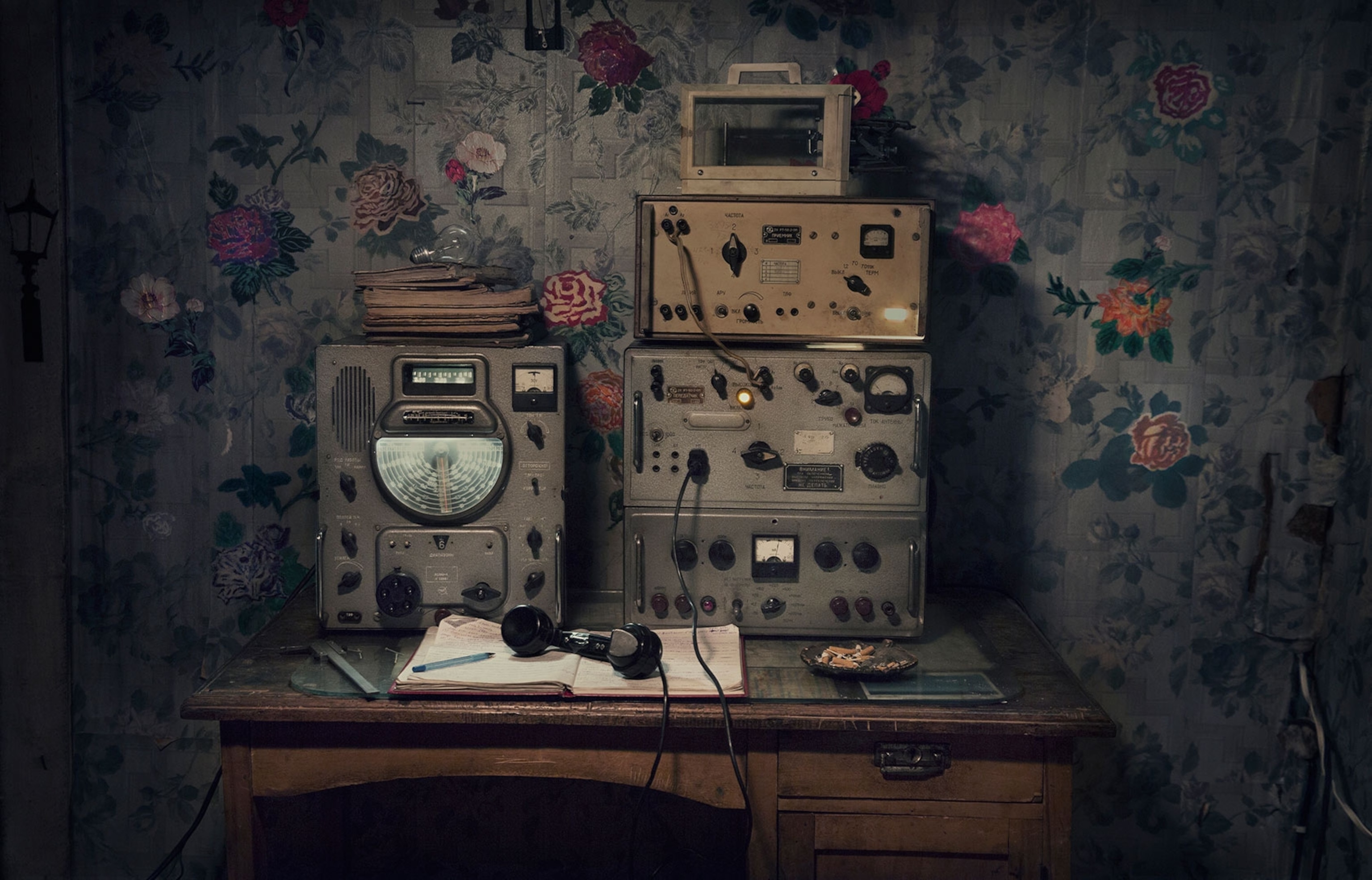
Of course, it helps that she’s drawn to stories where even the facts have a tinge of surrealism: a lone weatherman tracking temperatures in a remote outpost on the Barents Sea, a young girl with a big imagination whose playground is a snow-covered town on the Arctic coast, a band of men on a quest for prehistoric mammoth tusks.
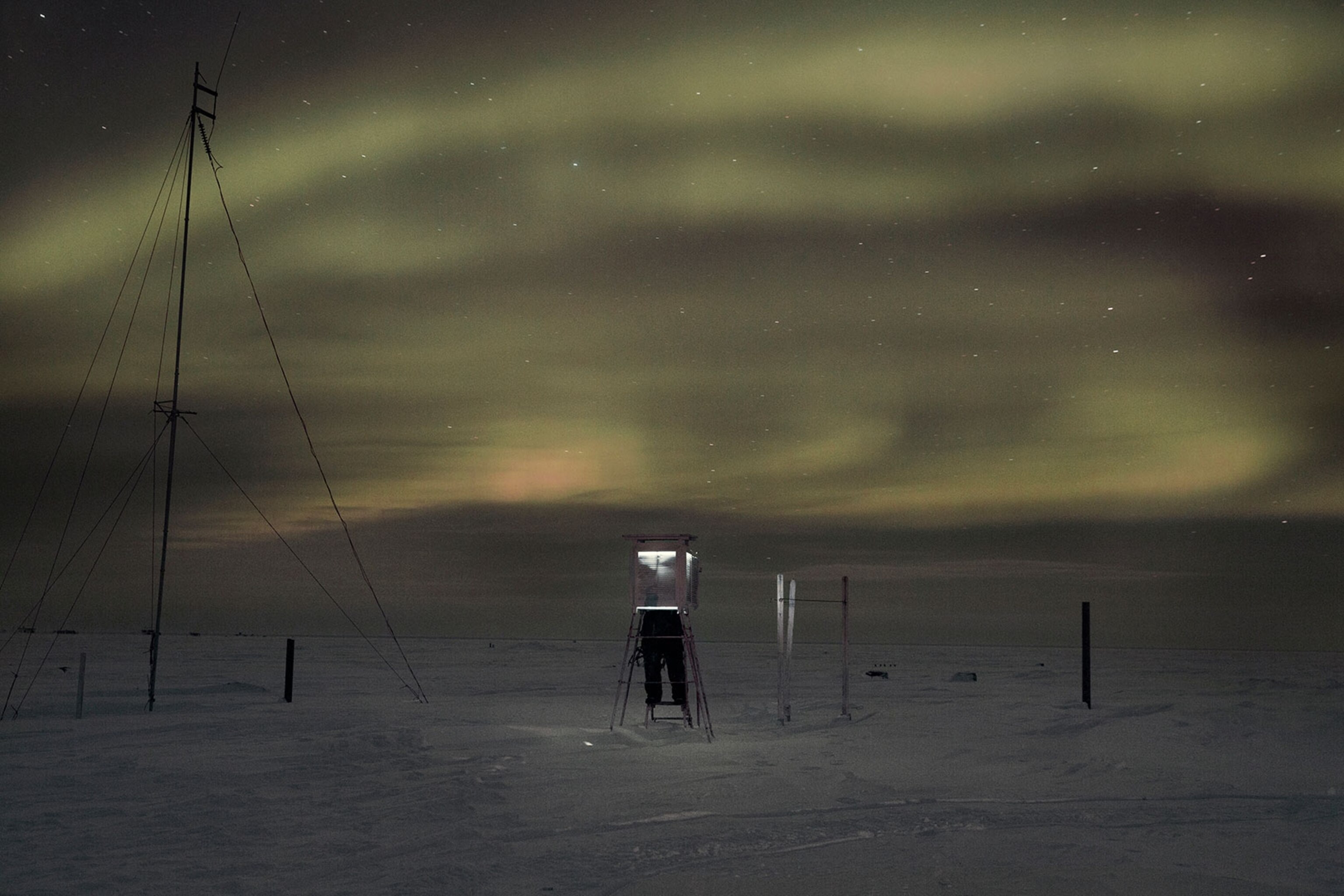
Her photographs are whimsical, but she’s not thinking about that while she’s working. To her, the most important aspect of telling a story is spending a lot of time with the people she’s photographing. “I really like to get to know people [and] also to let them get to know me,” she says. “I feel like it has to be friendship for me somehow.”

Her work from the region is what eventually caught the eye of National Geographic magazine editors, who eventually assigned her to shoot stories about mammoth-tusk hunters and, most recently, resource mining.
But organically forming connections with people can be harder to do when working with a preassigned idea and a limited amount of time, so Arbugaeva is always looking for ways to make it happen. When she was working on the story about mammoth tusks, the Arctic hunters were at first reluctant to be photographed. The story only fell into place when she was able to sew up the chief hunter’s hand after he was injured (it took 12 stitches).
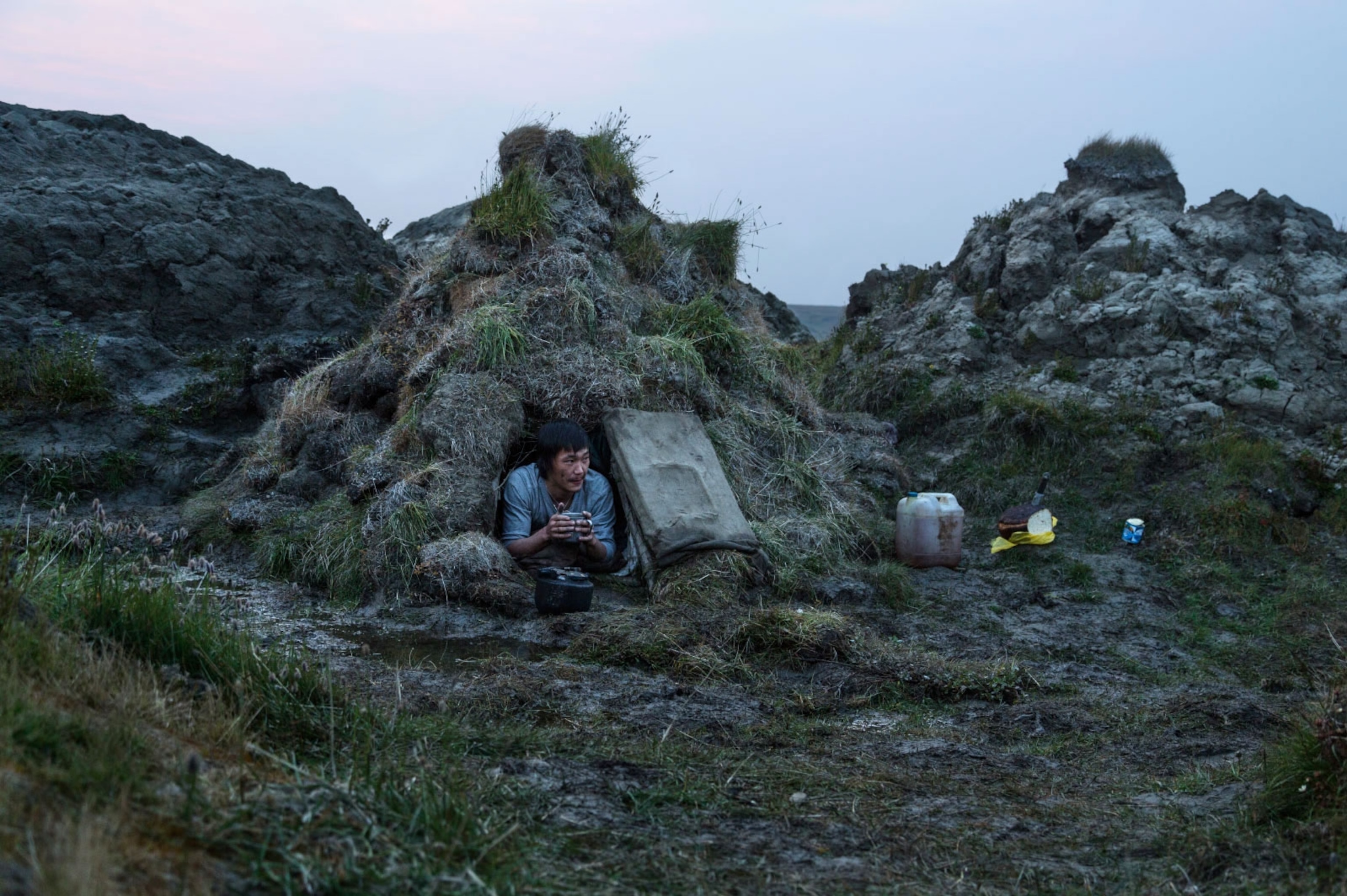
Sometimes, though, she’s not able to interact with such casual freedom. For the story “Cold Rush,” about Arctic mining, Arbugaeva was subject to strict rules and time limits while photographing in the mines and oil fields. Rather than connecting with individuals, she had to work through corporations. “I wish I could’ve wandered around the mine, [gotten] into corners all alone, have conversations with people, maybe stay in their places like I usually do,” she says.
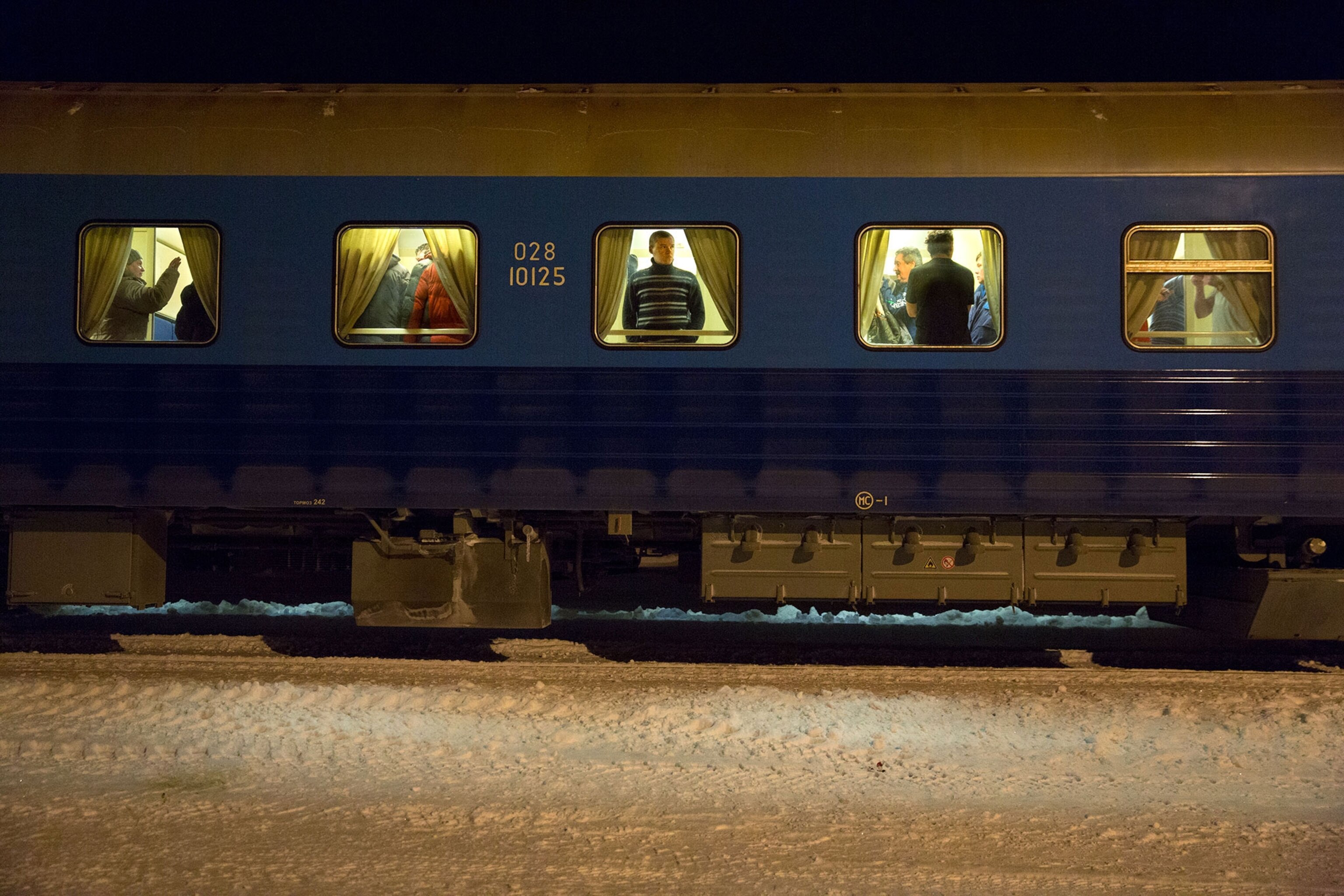
The restricted style of working—being labeled a photographer, being escorted by public relations—isn’t something she would choose, but she managed to capture a touch of surrealism, even with the constraints. “It was very interesting to absorb the atmosphere of this place and how unnatural it is to be there for these people who work on the mines,” she says. “People are brought in on a helicopter or train. It works like a clock, like a big machine.”
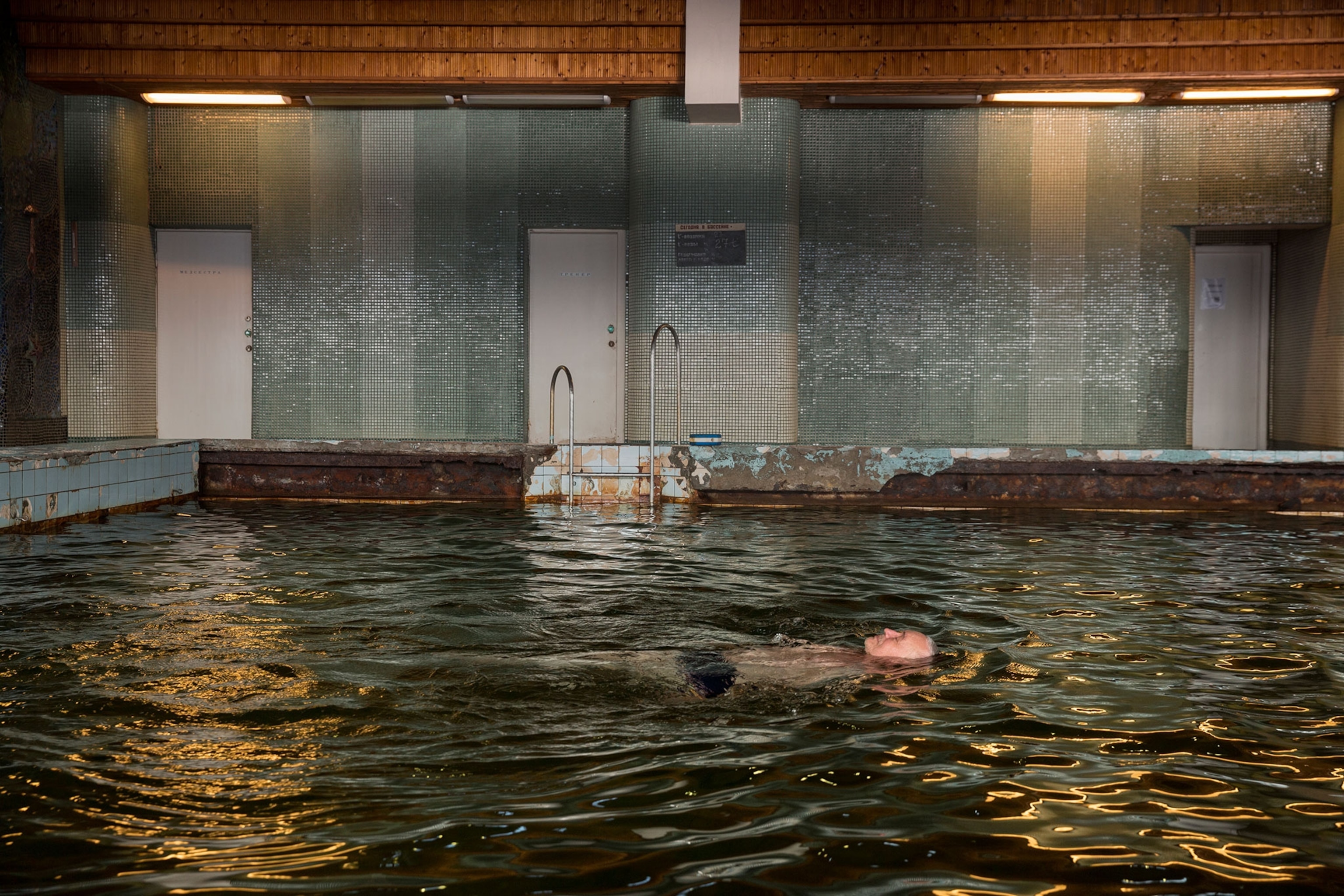
Seeing people attracted to the Arctic for commerce rather than a personal connection was a strange, eye-opening experience for Arbugaeva. “This was something new to me, to observe how people see this land that I love so much,” she says. “It’s a lesson that goes in my book of experience—learning about how humans work and how humans live in the environment.”
See more of Evgenia Arbugaeva’s photographs from the Arctic in the March 2016 feature story “Cold Rush.” And discover more of her personal work on her website.


